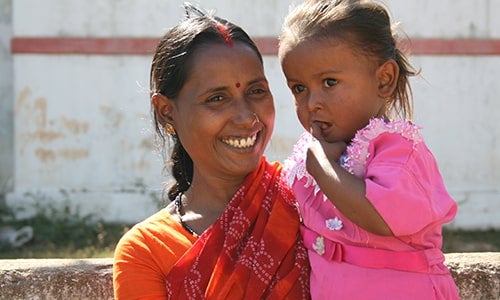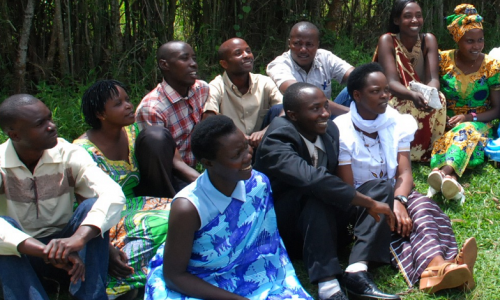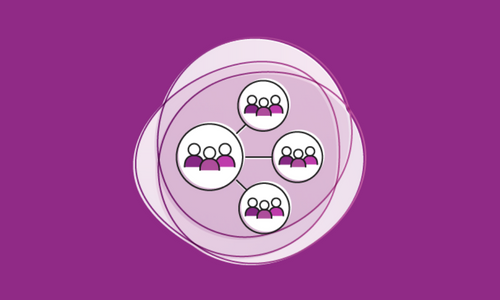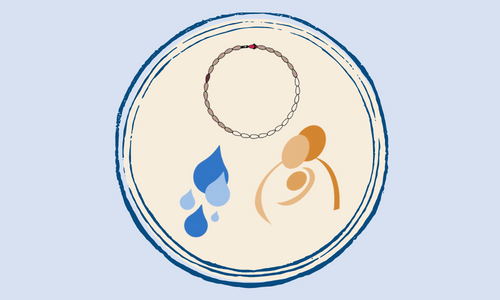That’s great, but what does it cost?

The Learning Collaborative to Advance Normative Change is a network of experts committed to facilitating collaboration between organizations and individuals working on adolescent and youth norms-shifting interventions. Members are working collectively to build knowledge and tools to promote and guide effective social norm theory, measurement, and practice. To this end, we have developed a series of blogs to clarify some of the key concepts in social norms work.
In our previous blog, we reflected on the general buzz around social norms at the 2018 International Conference on Family Planning (ICFP) held in Kigali, Rwanda from November 12-15, 2018. In this, our fifth blog in the series, we discuss costing of norms-shifting interventions. We often read about exciting interventions that show impressive results and call for wide-scale adoption. Yet all too frequently, there is little to no information to help plan such a replication, let alone determine how much it might cost.
Reported or published, normative-change interventions are often described with respect to:
-
- the number of people reached;
- their characteristics; and
- pre- and post-intervention indicators of attitudes, behaviors, or knowledge around social norms of interest
What is often left out from published studies is a detailed explanation of the process used to move the needle on these social norms. Without detailed information on the methods used to obtain the reported results, those interested in replicating interventions must search elsewhere for sources that document the process. If there was a research protocol posted online in tandem with the published study, a determined reader could at least gain insight into how the intervention was intended to take place. However, even this wouldn’t capture the full story: we live in a complex world and what is intended to happen in social research is often not what ultimately happens. Adjustments between planned and actual events are part the ground realities of social research. If we truly want to be responsive to the needs of the communities in which we work, such flexibility is necessary. Unfortunately, there is a dearth of documentation or discussion around these adjustments.
Innovation and Change is messy – therefore regular communication with all stakeholders about the process is crucial. #CANeLearn @SAHoffman pic.twitter.com/1LFnNXureh
— Thomas Diesch (@tdiesch) April 7, 2017
By now, you may be wondering why this economist is babbling on about process documentation in a blog post about cost. The answer is that, without good process documentation, it is hard to put cost information into context. Context informs cost decisions about scale-up or replication in another setting. For example, we can’t just double intervention costs in hope of reaching twice as many people. There may be economies of scale, which allow us to use resources more efficiently if operating at a larger scale. There may be important differences in input costs as we move from one context to another, changing not just the cost but even how an intervention is carried out: for an agricultural intervention, industrial farming may make sense in the U.S. where labor is costly, but not in a low-income country where labor is inexpensive. Finally, there are intervention components that don’t need to be recreated as the intervention expands or replicates, such as developing curriculum or information, education, and communication materials. In this case, a replication plan would be able to bypass or substantially reduce funding for these already-completed activities.
Good process documentation of normative change interventions provides detailed information on what activities were done, by whom, how often, and using what resources. Such detail is much more useful than a simple accounting of total monetary cost, as it can be used by others to think through what a successful intervention might look like in their context. Activity-based costing approaches can then be applied to estimate the cost of taking a successful intervention and expanding or transferring it to a different context, taking into account the local resource costs and the magnitude of activities required to reach the target population.
As in many pursuits in life, the devil is in the details. Without those details, it is difficult to assess whether a successful social norm intervention can be affordably replicated in a different context. In addition, detailed cost estimates can assist with resource mobilization efforts, as it may be easier to seek external support for up-front, one-time intervention components, as opposed to components that entail on-going costs.
To learn more, check out the following resources and stay tuned for our next blog:
Exploring Social Norms: Translating Theory to Practice to Identify Social Norms
- Costing of Norms-Shifting Interventions: A Primer (in English and French)
- Costing of Norms-Shifting Interventions Webinar
- Cost of Scaling Up by Janowitz et al. (2007)
Rick Homan, PhD, is a Health Economist at FHI 360 and supports the Passages Project on the costing of social norm interventions in DRC. He is also a member of the scale-up Learning Collaborative.
If you are not yet part of the Learning Collaborative and would like to join, please sign up here!
 Where We Work
Where We Work  Press Room
Press Room  FACT Project
FACT Project  Passages Project
Passages Project  Learning Collaborative
Learning Collaborative  Search All Resources
Search All Resources  Social Norms
Social Norms  Fertility Awareness Methods
Fertility Awareness Methods